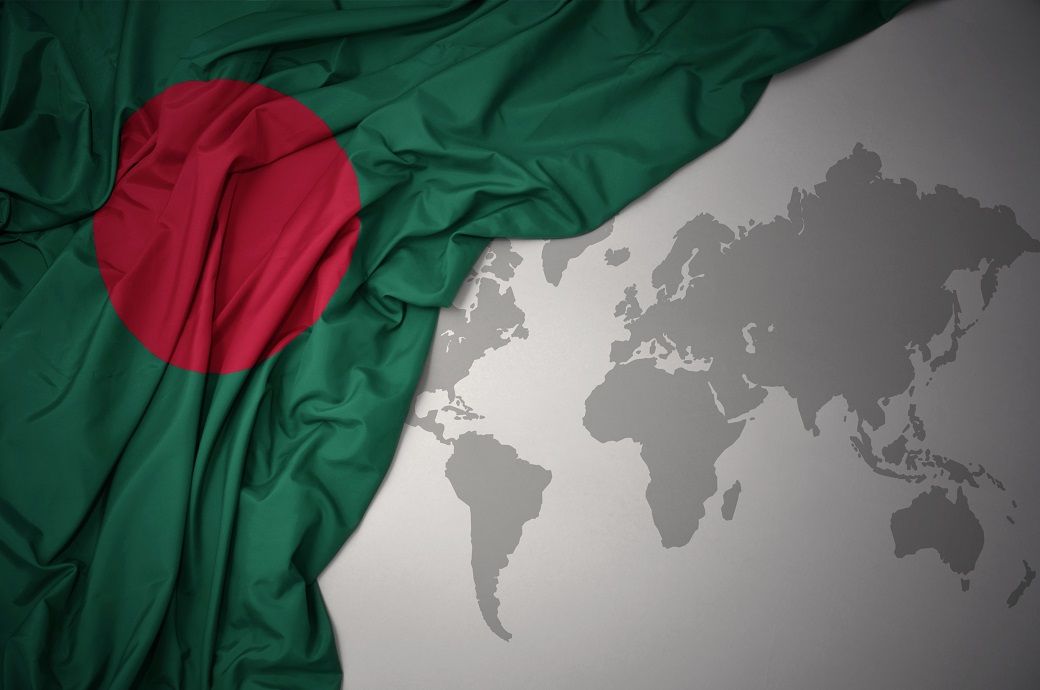Bangladesh's budget deficit stability at risk: Fitch Ratings

Insights
- Bangladesh's FY24 budget deficit forecast might be jeopardised by under-target growth, according to Fitch Ratings.
- The revised FY23 deficit stands at 5.1 per cent of GDP, lower than the initial 5.5 per cent target due to underspending.
- Although the projected FY24 deficit is 5.2 per cent of GDP, lower real GDP growth could risk this estimate.
The budget deficit comes from weaker than expected spending on development and better-than-anticipated revenue collection, outweighing the additional subsidy spending due to high global prices for fuel and natural gas. Previous fiscal outcomes have frequently differed significantly from budget forecasts, with a trend of chronic underspending, Fitch Ratings said in a press release.
On June 1, 2023, the government presented a budget predicting a slight widening of the deficit to 5.2 per cent of the GDP in FY24. These official forecasts align with the International Monetary Fund’s (IMF) projections under Bangladesh’s Extended Credit Facility (ECF) and the Extended Fund Facility (EFF) arrangements. These projections see the deficit stabilising at about 5 per cent of GDP over the medium term.
However, risks to the deficit could increase if real GDP growth drops below the projected 7.5 per cent in FY24, which could dampen the projected nominal growth in revenue of 15.5 per cent. With consumer price inflation at 10 per cent year-on-year (YoY) in May and rising, this may suggest potential downside risks.
Historically, when spending growth fell short of forecasts, it has offset potential revenue underperformance or offered prospects for a narrower fiscal deficit. The government’s medium-term policy approach is anchored by the goal of keeping the primary fiscal deficit, including grants, within around 3.3 per cent of the GDP to maintain public debt below 45 per cent of the GDP.
Despite the budget predicting a rise in Bangladesh’s revenue-to-GDP ratio from 9.8 per cent in FY23 to 10 per cent in FY24, this ratio remains very low compared to other rated sovereigns and is viewed as a key credit weakness. As part of a medium-term strategy to raise this ratio, the budget has established compliance risk-management units under the National Board of Revenue, with the goal of enhancing tax administration automation and at-source revenue collection.
In September 2022, Fitch affirmed Bangladesh’s rating at ‘BB-’, with a stable outlook. Greater confidence in the sovereign’s capacity for fiscal consolidation and debt stabilisation—for example, through an improvement in the structure of public finances—could lead to positive rating action. Nevertheless, a sustained drop in foreign-exchange reserves could lead to negative rating action.
Fibre2Fashion News Desk (NB)
































-Ltd..jpg?tr=w-120,h-60,c-at_max,cm-pad_resize,bg-ffffff)





.jpg?tr=w-120,h-60,c-at_max,cm-pad_resize,bg-ffffff)
.jpg?tr=w-120,h-60,c-at_max,cm-pad_resize,bg-ffffff)






